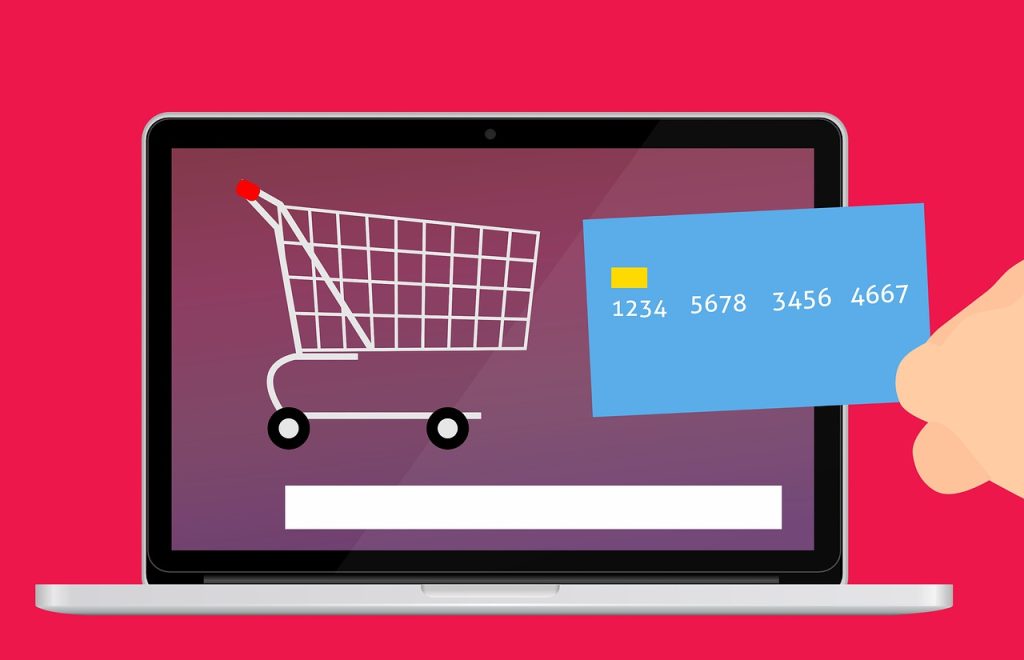As an ecommerce business owner, you understand the importance of delivering your products to customers in a timely and efficient manner. However, the cost of fulfilling orders can quickly add up and eat into your profits. In this post, we’ll explore how to calculate and reduce your ecommerce fulfillment costs, so you can optimize your operations and increase your bottom line.
Calculate Your Fulfillment Costs
The first step in reducing your ecommerce fulfillment costs is to understand what they are. There are several factors that contribute to the cost of fulfilling an order, including:
1. Shipping fees: This includes the cost of shipping materials, postage, and any additional fees charged by carriers.
2. Storage fees: If you use a third-party logistics (3PL) provider or rent warehouse space, you’ll need to factor in the cost of storing your products.
3. Labor costs: This includes the wages and benefits paid to your employees who handle fulfillment tasks, such as picking and packing orders.
4. Packaging materials: The cost of boxes, tape, labels, and other packaging materials can quickly add up.
5. Returns processing: If you offer free returns or have a high rate of returns, you’ll need to factor in the cost of processing and restocking returned items.
Once you’ve identified these costs, you can calculate your total fulfillment cost per order by adding them all together. For example, if your shipping fees are $5 per order, storage fees are $1 per order, labor costs are $3 per order, packaging materials are $2 per order, and returns processing costs are $1 per order, your total fulfillment cost per order would be $12.
Reduce Your Fulfillment Costs
Now that you know how much it costs to fulfill an order, it’s time to explore ways to reduce those costs. Here are some strategies to consider:
1. Negotiate with carriers: If you regularly ship large volumes of packages, you may be able to negotiate lower shipping rates with carriers like UPS or FedEx.
2. Optimize your packaging: Using smaller boxes or envelopes and minimizing the amount of packing materials you use can help reduce your packaging costs.
3. Use a 3PL provider: Outsourcing your fulfillment to a 3PL provider can save you money on storage and labor costs, as well as provide access to discounted shipping rates.
4. Streamline your processes: Review your fulfillment processes to identify any inefficiencies or bottlenecks that are driving up your costs. Automating certain tasks or reorganizing your warehouse layout can help improve efficiency and reduce labor costs.
5. Offer incentives for customers to keep products: Encourage customers to keep their purchases by offering incentives like discounts or free gifts. This can help reduce returns processing costs and restocking fees.
By implementing these strategies, you can reduce your ecommerce fulfillment costs and improve your bottom line. Remember to regularly review and adjust your processes as needed to ensure ongoing cost savings.


